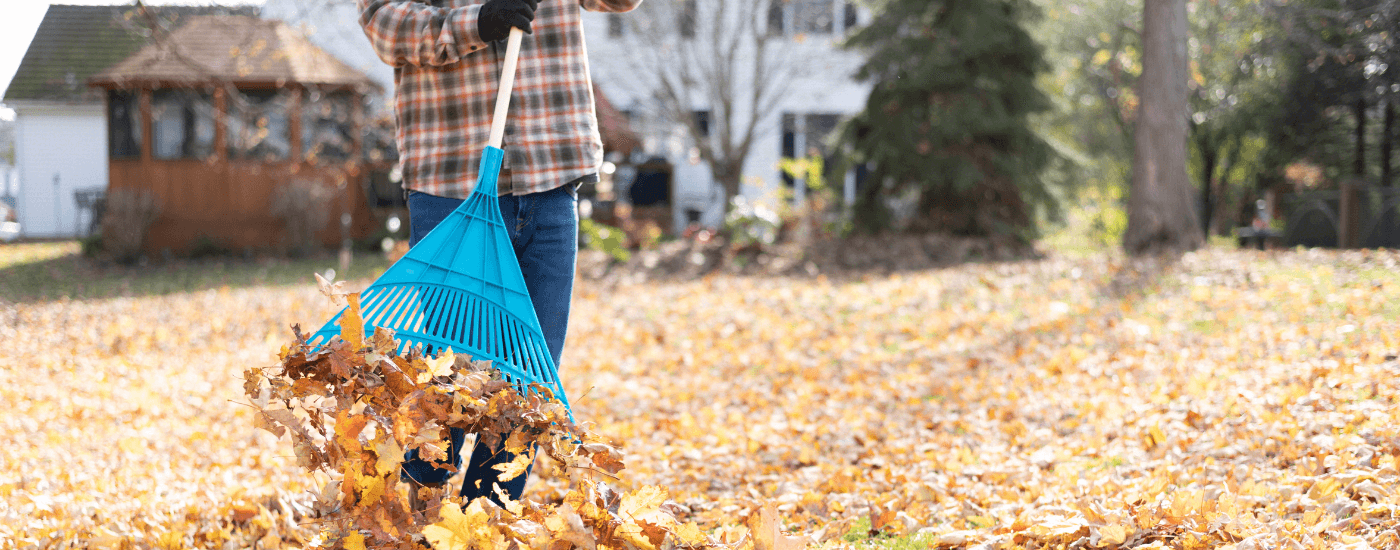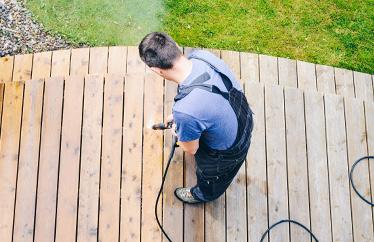Maybe you are asking yourself, what the heck is firescaping? Firescaping is proactive landscaping that helps prevent a wildfire from damaging your home. Firescaping is intended to slow down or stop a spreading fire near your home by creating fire-safe zones, allocating less-flammable plants, and establishing open spaces that can deprive a fire of fuel.
Start with Defensible Space
Designing with defensible space in mind is essential in safeguarding your home against possible wildfires. This space creates a buffer between a building on your property and any greenery or wildland area surrounding it. Defensible space works by preventing direct flame contact or radiant heat from reaching your home. This space is also essential when it comes to protecting the firefighters defending your home if the circumstances do arise.
Defensible Space Zones
Picture 100 feet around your home. That is your defensible space barrier, and it is made up of 2 zones.
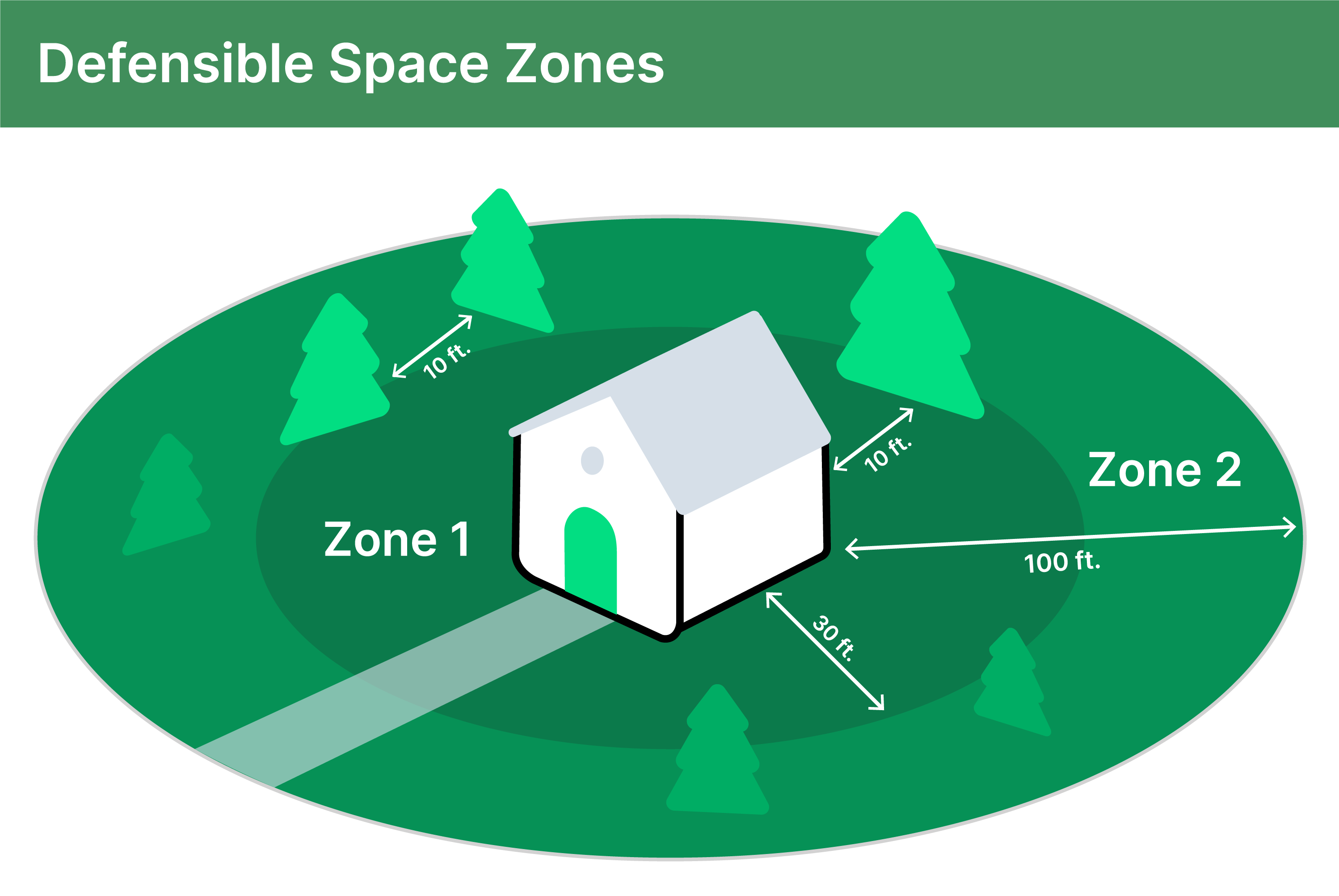
Zone 1
Extends about 30 feet from buildings, structures, decks, etc.
Zone 1 Checklist:
- Remove all dead vegetation; this includes dead grass.
- Remove dead or dry leaves and pine needles from your yard, roof and rain gutters.
- Prune back branches that hang over your roof and keep dead branches 10 feet away from your chimney.
- Trim trees regularly to keep branches a minimum of 10 ft from other trees.
- Relocate wood piles to Zone 2.
- Remove flammable plants and shrubs if they are near windows.
- Remove vegetation and items that could catch fire from around and under decks.
- Create a separation between trees, shrubs and items that could catch fire, such as patio furniture, wood piles, swing sets, etc.
Zone 2
Extends from the end of Zone 1 at 30 feet out to 100 feet from buildings, structures, decks, etc.
Zone 2 Checklist:
- Cut or mow the grass down to a maximum height of 4 inches.
- Create horizontal space between shrubs and trees. (See diagram)
- Create vertical space between grass, shrubs and trees. (See diagram)
- Remove fallen leaves, needles, twigs, bark, cones, and small branches.
Some counties have requirements for defensible space, particularly in Zone 1. Check with your local fire department for any additional ordinances you should be aware of in your area.
Be Picky about your Plants
Get to know what type of plants, trees, and shrubs you have surrounding your home and especially what is in your immediate defensible space.
Avoid the following:
- Conifer and broadleaf evergreens (these include pines, spruce, fir, cypress, juniper, rhododendron, and eucalyptus trees)
- Ornamental grasses and climbing plants
- Scented plants
Even some palms should be avoided. Don’t assume because you will see some types of palms in the desert that they are perfect for firescaping. If you intend to plant Palms, do your homework to see what types of Palms are less prone to catch fire. Palm types like the Date Palm, Mediterranean Fan Palm and Mexican Fan Palm are incredibly flammable and ignite easily. King and Queen Palms, for example, are excellent fire-resistant palms and can work as a fire barrier.
Fire-resistant plants can make a huge difference in firescaping and are often overlooked. Look into what flora and fauna can be strategically planted around your property to retard the spread of fire to your home.
Plants Need Space Too
The distance between grass, shrubs, and trees is crucial when firescaping to reduce the spread of wildfires. When spacing, it’s vital to accurately determine the type and size of the greenery and then factor in the land’s slope. For example, you may require greater spacing if your property is on a steep slope with more extensive vegetation than if your home sits on level property with little to no vegetation.
There are two types of spacing to understand when you are firescaping your property: Vertical and horizontal.
Vertical Spacing
Vertical spacing is from the ground up. First things first, remove all tree branches at least 6 feet from the ground, or 3xs the height of any nearby shrubbery. Allowing extra vertical space between shrubs and trees can help prevent a fire from moving along the ground and climbing them like a ladder and onto your home.
Use the formula below to determine the proper vertical spacing between shrubs and the lowest branches of trees.
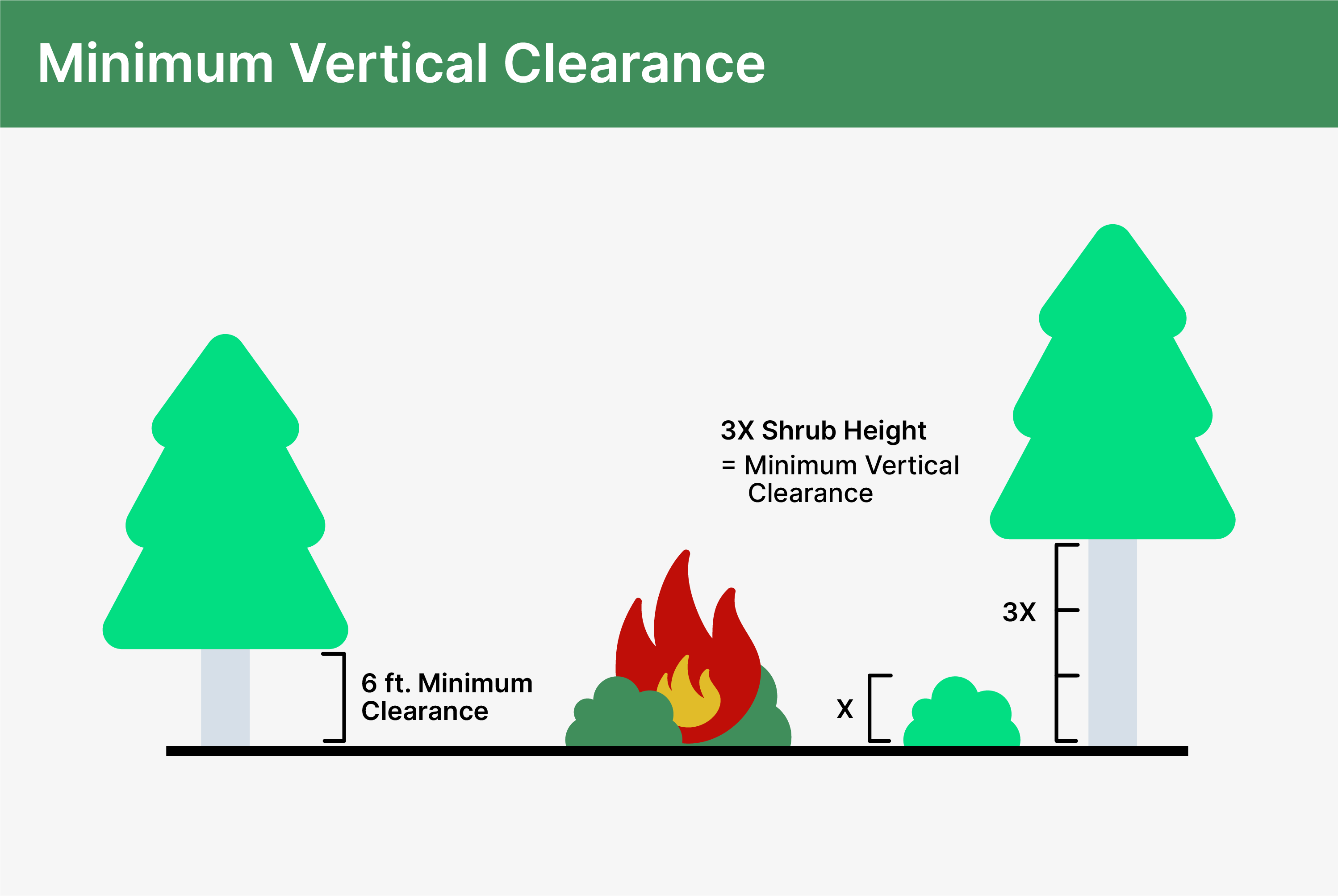
Horizontal Spacing
Horizontal spacing depends on the slope of the land and the height of the shrubs or trees. Proper horizontal spacing helps combat the path of the fire. Check the chart below to determine spacing distance.
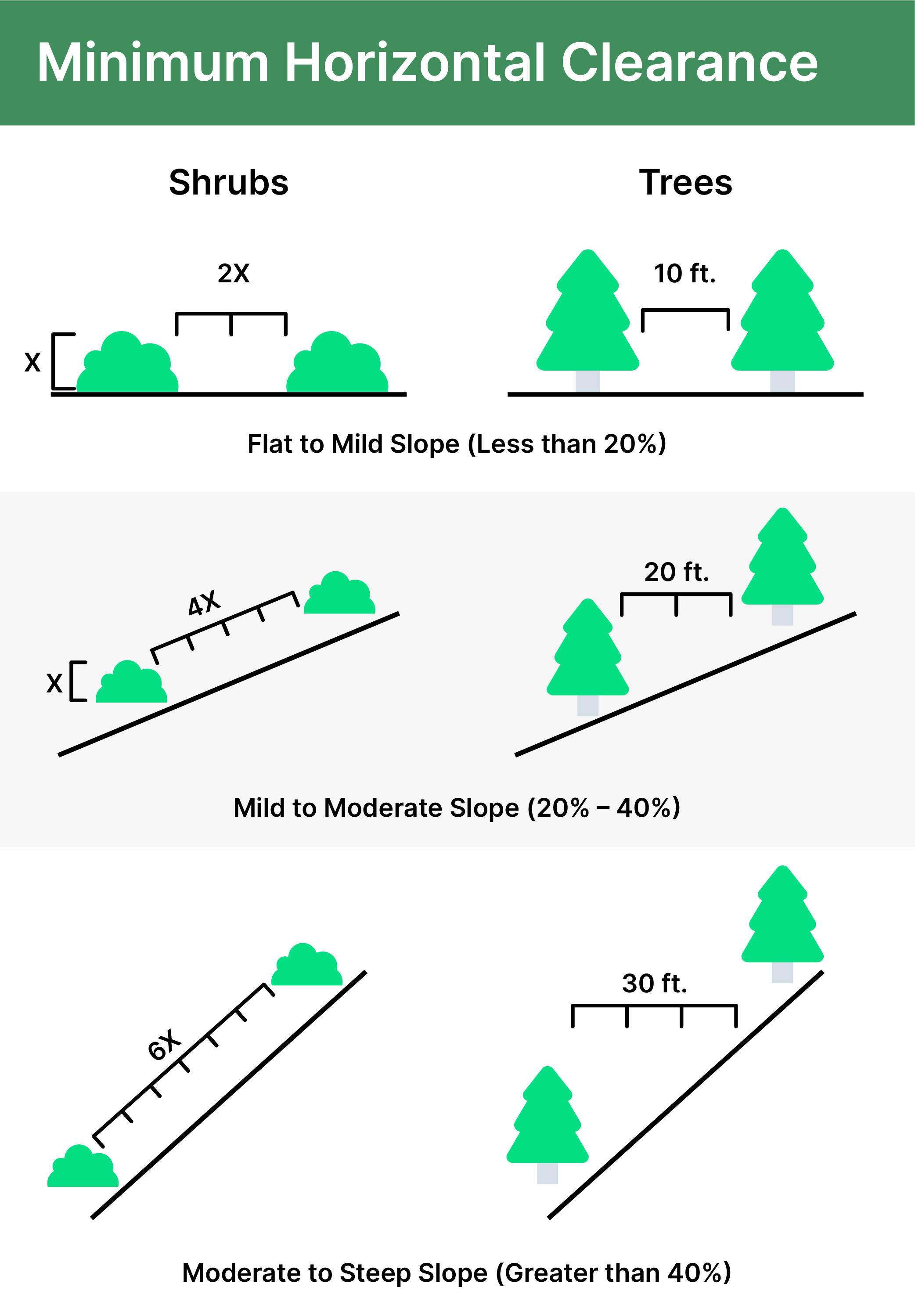
Keep it Green
The healthier your landscape is, the less vulnerable it will be to fire. A well-kept lawn is a reasonably good firebreak, so if you happen to be in a drought-prone area, try a fire-resistant type of groundcover like rock rose or ice-plant. Low-growing native grass is also a great alternative to something like turf-grass. These stay green throughout the fire season and won’t break the bank doing it. First, make sure to research any grass or groundcover you are considering installing to ensure it wouldn’t be fuel to a wildfire.
Be Prepared
Taking the time to firescape your property ahead of fire season (unfortunately, fire season is becoming longer but generally spring through fall) will give you less to worry about, and the good news is that fire-resistant landscaping isn’t expensive. Time? Yes, but not hard on the pocketbook and well worth the additional fire protection for your home. Just get creative with non-flammable materials like concrete and gravel (AKA xeriscaping your lawn), choose fire-resistant plants, and most importantly, keep up on maintenance. You can still have the yard of your dreams, all while having a landscape that’s drought-resistant and protects your home from wildfire. Firescaping isn’t only the smart thing to do, but it can also increase your property value as well as conserve water.
We here at Hippo knew we needed to act fast to ensure you have all the information you need because wildfires occur with little warning, can spread quickly and leave devastating effects. Take the time to double-check your homeowners insurance and ensure you have the proper coverage for your home before wildfire season starts. And if you are a Hippo customer, we do our best to give our customers a heads up ahead of heavy weather/catastrophic events to allow time to prepare for potential threats to the home.
Have any questions about what policy might work best for you or want a quote in 60 seconds? Visit Hippo. We’re happy to answer any questions you have.
